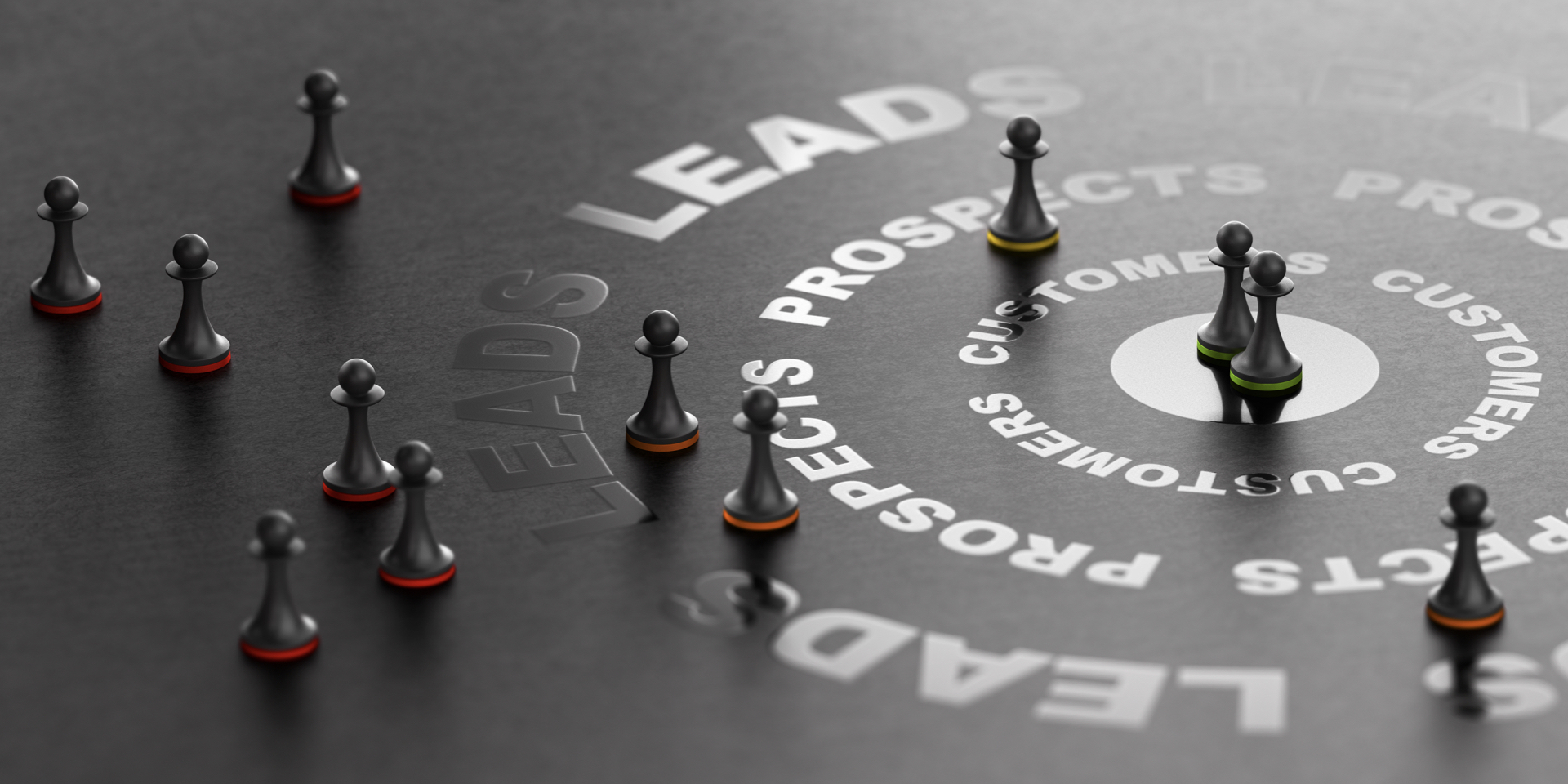If I told you there was a way to earn three times as many leads without spending any more money on marketing, would you believe me? Because that’s exactly what happens when you switch from the traditional outbound marketing to content marketing.
Not only does online content reach more people than any TV spot or billboard ever could, but it’s far less expensive to post and publicise.
No wonder that a staggering 86% of B2B companies today use content marketing, and 70% of them use more of it now than they did a year ago.
As beneficial as content marketing is, not all content campaigns are created equal. If you simply publish blog posts and articles about your company with little to no overarching strategy, you may reach a few people, but you’re unlikely to fundamentally transform your relationship to your clients.
To be successful at content marketing, you need a comprehensive strategy that not only raises awareness of your brand and nurtures your leads but also convinces them to buy from you repeatedly over the long haul.
By paying close attention to consumer psychology and tailoring your content marketing funnel to potential clients, you can bring in a large stream of clients who will never want to leave.
What Is a Content Marketing Funnel?
Before you can incorporate consumer psychology into your content funnel, you first need to understand what that funnel is. A content marketing funnel is a comprehensive system that converts leads into clients.
It takes into account every stage in someone’s journey to becoming your client, from the moment they learn about your company to their process of evaluating what you have to offer to their decision to make a purchase.
By organising your content into such a funnel, you can make sure you’re using the right type of content for each stage in the potential client’s journey. This allows you to increase the effectiveness of your marketing while reducing the risk that something you publish will appear irrelevant.
Content Funnel Psychology: Putting Yourself in Your Client’s Shoes
Content funnel psychology is all about understanding the subtle, subconscious factors that lead clients to make purchases. Whether those clients are individuals or organisations, they tend to follow a common path.
By understanding what’s going through their minds in each stage of this path, you can create content that they are likely to respond to. The path goes as follows:
Awareness
Before the Awareness stage, there’s one or two things that we know to be true: your potential clients don’t know you exist or they don’t know they have a problem.
But in some cases, they’re aware of the product or service you sell and may even have purchased it already from somewhere else. In others, they’re not even aware of this. But in either event, potential clients at this stage have some problem that they are consciously or subconsciously worried about.
And the best way to attract their interest? Helping them clearly identify the problem and presenting your product or service as a solution to it.
Make sure that at this stage, your main focus is on their pain. In this way, you not only get their attention, but you instantly make it clear that it’s worth their while to look into what you have to offer.
Consideration & Evaluation
When clients are clear about what their pain point is and are committed to alleviating it, their next mindset it finding out which method or approach can help them.
Think about what categories of solutions these clients are looking into. Ask yourself how clients are likely to educate themselves on the different categories and how they weigh the pros and cons.
Are they worried about spending too much money? Getting in trouble with their boss for trying a solution that doesn’t work? The better you can understand their hopes and fears, the easier it is to write content they’ll evaluate positively.
Decision to Purchase
If the evaluation goes well, and clients consider you as a good use of their time and money, they’re primed for this next stage. They’re ready to buy. But many of them need an extra push before they’ll commit to buying from you.
clients at this stage are thinking about justifying their decision. They’re thinking about the groundwork, execution, and costs, among others. To give them the push they need, you need to validate their decision.
- What makes your offering a standout compared to your competition?
- What are the worries or needs they might have that will prevent them from buying right now?
- What is the cost of inaction?
Retention
If a client has bought your product or service once, there’s a good chance they’ll buy it again. So at the Retention stage of the content marketing funnel, you should focus on convincing them to see what you’re offering as a long-term source of value rather than a single investment.
Focus on positive psychological factors, such as their hope that they can continue to strengthen their business by working with you. Create content that nurtures this hope and makes them eager to reinforce their relationship with you over the long haul.
6 Psychological Hacks to Build Trust for Better Content Marketing
No matter what stage of their journey a potential client is at, your main focus needs to be earning their trust.
The more confident clients are that you’re looking out for their best interests, the easier it will be to get them to take you seriously, evaluate you positively, make a purchase, and come back for more.
To do this, take Dr Robert Cialdini’s Principles of Influence as your framework in creating pieces of content that take your target customers from awareness to action.
1. The Principle of Reciprocity
Reciprocity in business means offering clients real value in exchange for the time and money they spend on you.
Here are some ways you can offer this value:
- Create pieces of content — blog posts, articles, ebooks, and other forms of content — that are highly informative, so potential clients will gain value simply by reading them
- Update past content with current information, writing standards, and SEO so that it remains useful to readers over the long haul
- Offer free consultations to clients where you’ll help them identify solutions to their problems without directly pushing your product
- Give gifts, such as ebooks and guides, that clients will find informative
Not only does reciprocity build trust, it also leads clients to feel indebted to you. They might return the favour by visiting your website or sharing your ebook to a friend, or simply following the call to action you have in your blog article.
The key here is to give generously with the genuine intention of helping your readers. Whether you were genuine or not, readers can sense it, and when you do, they will appreciate your effort and may oblige.
2. The Principle of Commitment & Consistency
The consistency and commitment principle is the tendency for people to try to keep their words and actions consistent.
In business, this principle makes your clients more likely to purchase from you if they’ve said they’d do so or even if they’ve taken some other action short of a purchase.
If you can get them to subscribe to your email list, for example, you make them far more likely to take other actions that eventually include purchasing. Thus by accounting for your clients’ desire to stay consistent and keep past commitments, you can prime them for a purchase.
3. The Social Proof Principle
People tend to make decisions based on the testimony and past actions of their peers. This means you can make clients more likely to purchase from you if you can get their friends, their family members, or even people they don’t know talk about your business.
Encourage those people to leave testimonials on your website, share your story on social media, or otherwise promote your business.
While this principle is usually invoked when appealing to individual consumers, it has its uses in B2B marketing.
Let’s say you’re trying to get a mid-level manager at a company to choose you as their supplier. You’ll be more successful if you show them testimonials from other managers in their position.
4. The Principle of Likability
Likability is the bread and butter of successful marketing. Clients are considerably more likely to trust and buy from you if you seem like someone they’d enjoy spending time with.
Create a buyer persona who is similar in personality, age, and other characteristics to your intended client. Make a point to sound as human as possible, and avoid more formal writing styles. Finally, make sure to write compelling titles and intro paragraphs that capture readers’ attention from the moment they see them.
5. The Principle of Authority
Clients are more likely to trust you if they consider you an authority in your field. Emphasise all your sources of expertise. Showcase any awards and certificates that you and your company have, and ask for testimonials from other experts and from clients who recognise your work.
You can also invite other experts to write guest posts on your website or give speeches at your company events. This will show clients that those authorities respect you and want to work with you, putting you on a level playing field with them.
6. The Principle Scarcity
People will be more motivated to buy if you promote your product as scarce or fleeting. This means presenting a limited number of products they can purchase or giving them a limited time in which to do so.
You can also require them to request access to your resources; even if you end up granting all requests, this will make it look like your assets are rare and valuable enough that you can’t just give them out to everyone.
Bonus Consumer Psychology Hacks
In addition to the aforementioned principles, you should take into account:
- The Information Gap Theory. People tend to become curious about your product if there is a gap in the information they have about it. You can use this curiosity to motivate them to learn more and commit to your company.
- Fear of Missing Out. People will value your product more if you show that it’s scarce and suggest they soon won’t have access to it.
- Loss Aversion. People are more eager to avoid losses than they are to achieve gains, so present your products as something that will help them lessen losses.
- The Paradox of Choice. The more choices people have, the less satisfied they’ll end up feeling, so only present them with a few carefully tailored options.









![#KatieTalks to Step Change’s Robert Steers [PODCAST]](https://blog.hellostepchange.com/hubfs/BLOG/Posts/5-Connection/katie-talks-robert-steers.001.jpeg)






